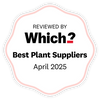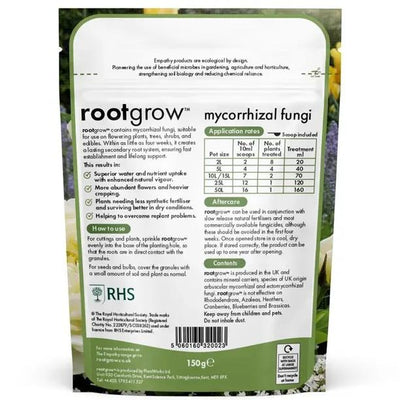Juneberry / Snowy Mespilus Plants
-
Use: Hedge, specimen shrub
-
Height: Up to 8m as tree, clips to any height as hedge
-
Growth: Medium. Upright, bushy habit
-
Soil: Most fertile soils except chalk
-
Light: Sun to partial shade
-
Type: Deciduous shrub/small tree
-
Species: Amelanchier lamarckii
- RHS Award of Garden Merit
-
Bareroot Delivery: Nov-March Only
-
Pot Grown Delivery: Year-round
Appearance, Growth & Uses
Amelanchier lamarckii, is a deciduous shrub or small tree that makes an elegant flowering hedge, with interest almost all year round.
Snowy Mespilus is covered in wiry racemes of single, star-shaped white flowers in early spring, all the more eye-catching as they open early, on bare branches.
The blossom is soon joined by bronze tinged new leaves followed by red-purple edible berries in summer, which are popular with birds.
In autumn, the foliage turns a brilliant orange-red.
It should grow 30-40cm per year.
Grown as a tree, it'll reach 8-10 metres.
Features
Growing Conditions
-
Soil: Most fertile soils
-
Light: Sun to partial shade
-
Moisture: Rich, moist soil preferred
-
Avoid: Chalk, limestone, salt conditions, full shade
-
Maintenance: Light pruning, clips well as hedge
-
Hardiness: Very hardy
Amelanchier will grow well in most fertile soils. It's not suitable for chalk or limestone.
The books say it needs a rich, moist soil, and it certainly loves good growing conditions, but we have one at home that grows in dry, poor ground and does very well because we keep it well mulched.
It's hardy and tolerates urban pollution and strong wind.
Garden Design Ideas
Amelanchier lamarckii can be grown as part of an informal garden hedge, in a shrub border or as a well-behaved small specimen tree, suitable for any size garden.
In borders, underplant with spring bulbs to make the most of its charms; anything that brings out the coppery tones of the emerging leaves is a great choice.
Perfect for wildlife gardens where the berries provide food for birds, particularly goldfinches.
History & Trivia
Native to North Eastern parts of America, Amelanchier lamarckii was named after the famous French biologist and soldier, Jean-Baptiste Lamarck (1744-1829).
Most of us were taught at school that Lamarck's ideas about evolution were flawed and Darwin's were correct. In the light of the recent mathematical refutations of Darwin's theory, those lessons have aged about as well as I have.
The fruit, called serviceberries in America, are edible, with the texture of blueberries and a decent, fruity flavour that varies from plant to plant: some are borderline insipid, some are quite good.
Native Americans used them in pemmican, a dried food made of fat, bison meat and berries.
The hard, dense wood was used by the Cree tribe to fashion arrow shafts.
More recently, it's used to make the handles of garden tools and fishing rods.
The American common name, serviceberry, is probably a weaving of two linguistic threads:
Features
- Amelanchier berries look like Rowan berries, and Rowan is in the Sorbus genus.
- The tree's flowering coincides with the snow melting in the Appalachian mountains, and thus the resumption of grave digging and church services.

 Secure, One-Tap Checkout
Secure, One-Tap Checkout
 Hand Picked, Delivered to Your Door!
Hand Picked, Delivered to Your Door! 1 Year Bareroot Guarantee
1 Year Bareroot Guarantee



















